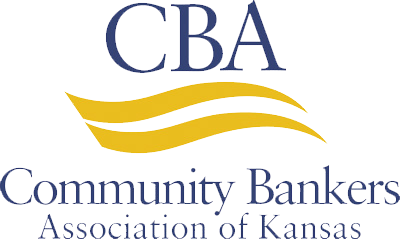A strategic asset/liability management committee (ALCO) monitors and manages risks associated with a bank or credit union’s balance sheet. Even more importantly, the ALCO can help identify strategies that optimize profitability, liquidity and the outside availability of funding. A recent Abrigo webinar identified strategies for ALCO members to consider as they assess common options for managing the balance sheet. Below are three examples of common options, along with important considerations and tips for evaluating each to make sure your institution doesn’t leave money on the table:
- Manage the “Marginal Return” Impact of Balance Sheet Growth Strategies Consider:
- Are our strategies allowing for profitable growth, or are we losing margin “growing”?
- Are we using our limited liquidity wisely?
- What other funding and investment options are there?
- How can we calculate the cost to grow?
- The marginal impact of using rate cuts to boost loan volume vs. raising loan rates/slowing lending. Will the incremental rate earned ($ volume change/$ income change) on loan growth exceed the marginal rate earned if lending slows?
- The impact of loan growth on earnings given our liquidity. (How much is excess cash earning now? What would borrowing costs be to fund growth? What would it cost to raise deposits to fund growth?)
- How much must volume grow to raise the yields on an average basis over 1-2 years?
- Whether raising loan rates and winning fewer loans would provide a better marginal rate of return.
- Use Limited Liquidity Efficiently To Generate Maximum Earnings Potential Consider:
- All loan growth is not equal. What is the future of certain loan segments?
- What other options are there (products/structure)?
- Does our commitment to a particular business fit with our stated mission/vision (vs. are we doing this because we have always offered it or because our competitors are)?
- Whether we are currently profitable in that line of business.
- The cash flows vs. the risks of each option.
- Whether the loan growth via origination generates a comparable or better return on assets vs. buying loans (participations).
- Which option generates maximum earnings potential?
- Have a Strong Growth and Cost Plan With Segmented Deposits Consider:
- Are all deposits created equally?
- Is raising deposit rates to raise funding the best option?
- What other options should we consider?
- Marginal cost of raising rates to attract new deposits.
- What percentage of existing accounts would move to higher rates too, increasing cost but no new growth?
- Would a wholesale fixed-rate credit advance cost less than raising deposit rates?
- Stress test various levels to estimate the marginal cost of keeping rate-sensitive customers or members.










